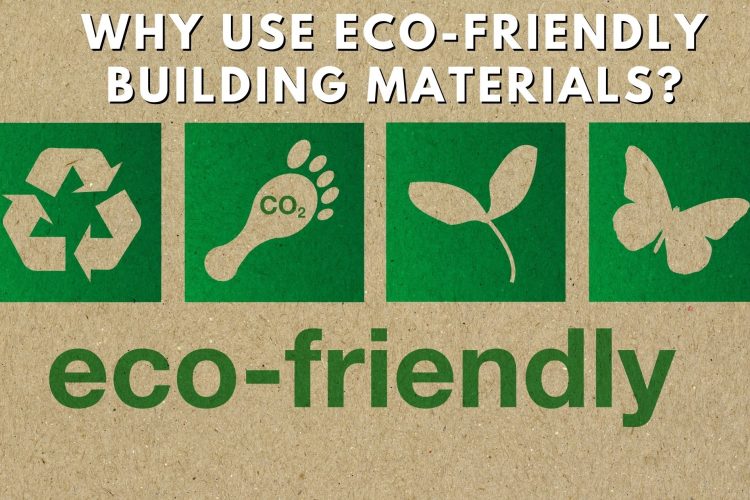
- By w2cadmin
- In Build, Design, Flooring, Painting, Pavers, Plumbing, Renovation, Repairs, Solar Systems, Tiling
Eco-Friendly Building Materials: A Guide for Modern Construction
As we become more conscious of our environmental impact, the construction industry is undergoing a significant shift towards sustainability. Eco-friendly building materials are at the forefront of this movement, offering an effective way to reduce carbon footprints while delivering high-quality, durable, and aesthetically pleasing construction. This blog delves into the world of sustainable building materials, highlighting options that are not only better for the planet but also beneficial for homeowners and builders alike.
1. Bamboo: The Rapidly Renewable Wonder Bamboo stands out as an exceptional eco-friendly material due to its rapid growth and versatility. It can be harvested every three to five years, unlike hardwoods that may take decades to mature. Bamboo is remarkably strong, making it suitable for flooring, cabinetry, and even structural elements in some cases.
2. Recycled Steel: Strength and Sustainability Combined Utilizing recycled steel is a superb way to reduce the environmental impact associated with mining and processing new steel. Recycled steel retains the strength and durability of new steel but requires significantly less energy to produce. It’s ideal for framing, roofing, and creating reinforced concrete.
3. Reclaimed Wood: Preserving Natural Resources Reclaimed wood is salvaged from old buildings, barns, and other structures. It prevents the need for new timber and adds unique character to projects. Used in flooring, beams, and paneling, reclaimed wood brings a rustic charm and a story to every space.
4. Cork: Comfort and Renewable Quality Cork is harvested from the bark of cork oak trees without harming the tree itself. It’s a renewable resource that provides excellent thermal and acoustic insulation. Cork flooring is a popular choice, known for its durability, comfort underfoot, and natural resistance to mold and mildew.
5. Rammed Earth: Ancient Techniques for Modern Buildings Rammed earth construction involves tamping down earth mixed with natural binders. This ancient technique has been revived for its low environmental impact and excellent thermal mass, which helps regulate indoor temperatures.
6. Hempcrete: The Carbon-Negative Alternative Hempcrete, made from the inner woody fibers of the hemp plant mixed with lime and water, is a sustainable alternative to traditional concrete. It’s carbon-negative, as hemp absorbs carbon dioxide while growing. Hempcrete provides good insulation and is fire-resistant, making it a promising material for walls.
7. Low-VOC Paints and Finishes: Healthier Indoor Air Quality Traditional paints often release volatile organic compounds (VOCs), which can be harmful to health and the environment. Low-VOC or zero-VOC paints and finishes reduce these emissions, ensuring better indoor air quality and a safer living environment.
8. Solar Tiles: Energy Efficiency Meets Aesthetics Solar tiles offer a more aesthetically pleasing alternative to traditional solar panels. They integrate seamlessly with standard roofing tiles, providing a dual function of protection and energy generation.
Conclusion: The use of eco-friendly building materials is more than just a trend; it’s a necessary step towards sustainable living. These materials not only reduce environmental impact but also offer long-term savings, durability, and unique aesthetic appeal. As the construction industry evolves, these sustainable options are becoming increasingly accessible, paving the way for a greener future in home building and renovation.
Disclaimer: While this blog provides an overview of eco-friendly building materials, it’s important to consult with professionals for specific advice tailored to your construction or renovation project.



